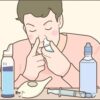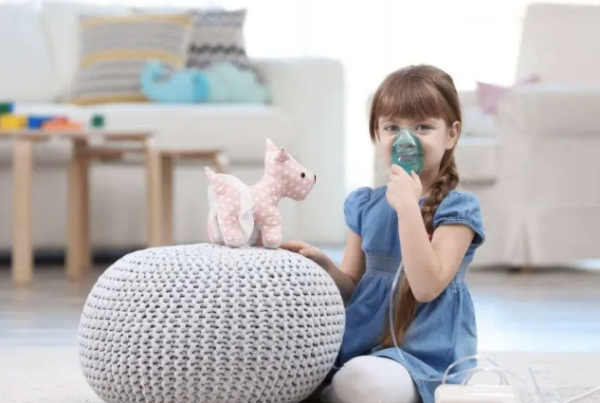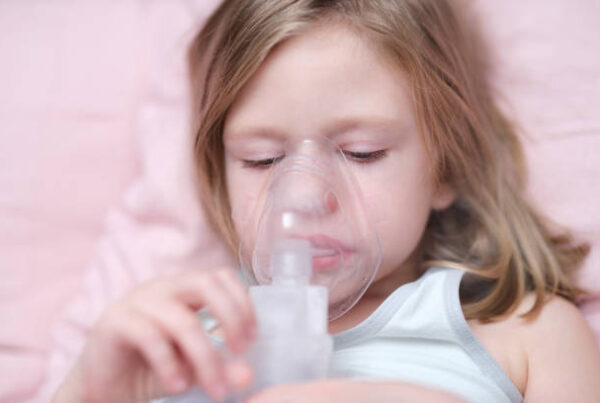There are usually four categories of drugs that can be used for atomization by compressor nebulizer. That is expectorant drugs, glucocorticoids, bronchodilators, antibiotics.
Inhaled Glucocorticoids
Main function: Relieve airway inflammation, effectively control the baby’s wheezing and cough symptoms.
Compressor Nebulizer Drugs:Budesonide suspension (0.5~1mg/time, each time with 2mL of normal saline for inhalation, 1~4 times a day). The onset of action is rapid, and the anti-inflammatory effect can be exerted within 10 to 20 minutes. Very effective for emergencies.
Bronchodilator
Main Function: It is a commonly used medicine for baby asthma and wheezing. Atomization inhalation is the best way of administration, with quick effect and strong antispasmodic effect.
Compressor Nebulizer Drugs:
① β2-receptor agonist: terbutaline sulfate nebulized solution (dosage 1ml/2.5mg, together with 2mL of normal saline each time, 1 to 4 times a day). It takes effect within 5 minutes of inhalation and peaks within 15 minutes. Children with obvious bronchospasm (such as acute laryngitis) use these drugs more often.
② Anticholinergic drugs: the representative drug is ipratropium bromide suspension (250ug/time, with the same amount of normal saline, 1 to 4 times a day). It takes 10 to 30 minutes to take effect after inhalation, and it is mostly used for acute diseases.
Expectorant Drugs
Main function: It can regulate the mucus secretion in the respiratory tract of children, dilute the sputum, and make the sputum easier to cough up.
Compressor Nebulizer Drugs: Ambroxol hydrochloride (common concentration 15mg/mL, 1~2ml per nebulized inhalation, twice a day).
Summary: The above-mentioned drugs are conventional treatments. If it is a child who needs long-term nebulization (such as asthma). Regular follow-up is required, and medication should be adjusted in a timely manner to minimize side effects.







Recent Comments